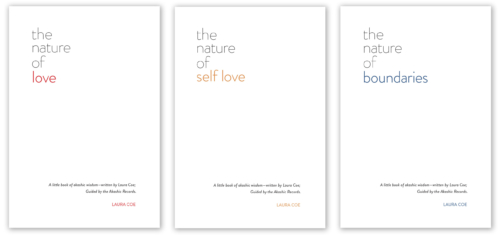Have you ever tried to communicate an idea or a feeling that did not come across the way you intended? We have all had one of these moments. You make a comment, an observation, or share a feeling and the response is nothing like what you anticipated.
The space between intention and perception
When I talk I have an intention. I intend to be helpful. I intend to be useful. I intend to be vulnerable. I intend to be thoughtful. Yes, and in a weak moment, I intend to be less than virtuous.Despite my intention being so seemingly obvious to me, the person I am communicating with perceives something else. The helpful comment was intrusive. The thoughtful insight was hurtful. The vulnerable share was uninteresting. The useful suggestion was useless. Or worse, the intention is perceived as harmful. The perceiver is angered or offended. What happened?What is the space between intention and perception?
Practice
Of course, this does not always work and even with my best attempts, I can still come to the wrong conclusion because an assumption has crept in. I know when this happens because the conversation takes on a negative quality. When I notice this, I look for the communication gap.I do this with a question. For example, I may say: “what I heard you say was_. Is this correct?” Or, “I believe you are intending to say _. Is that correct?” Or, “I am not sure I am following. Do you mean to say _?”
Death of assumptions
As I work towards removing assumptions, the gap between intention and perception narrows. We can never truly know what someone else is experiencing, but we can attempt to understand, learn, grow, and develop a greater appreciation for the nuances of someone else’s intentions when assumptions die off one by one.





